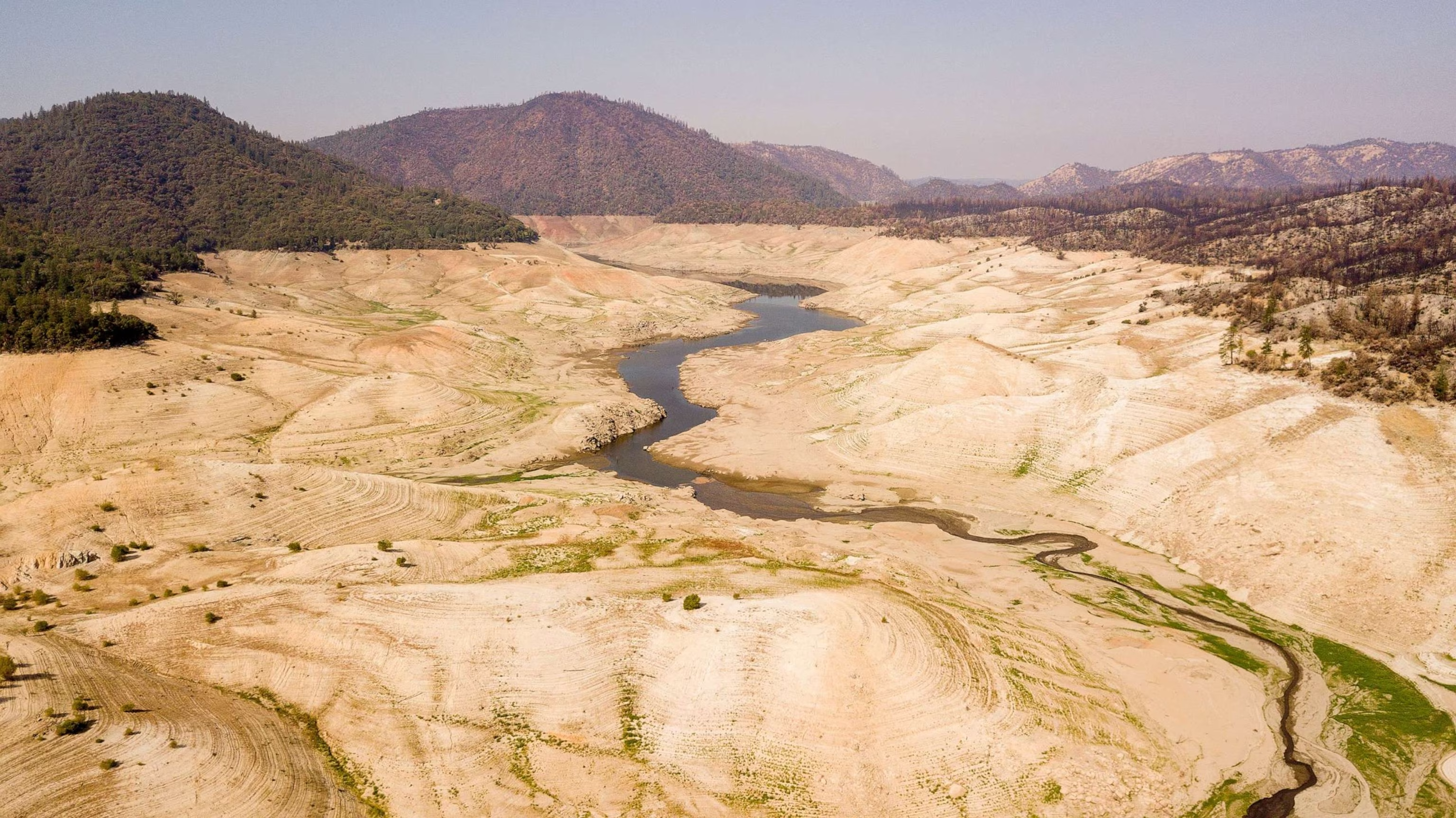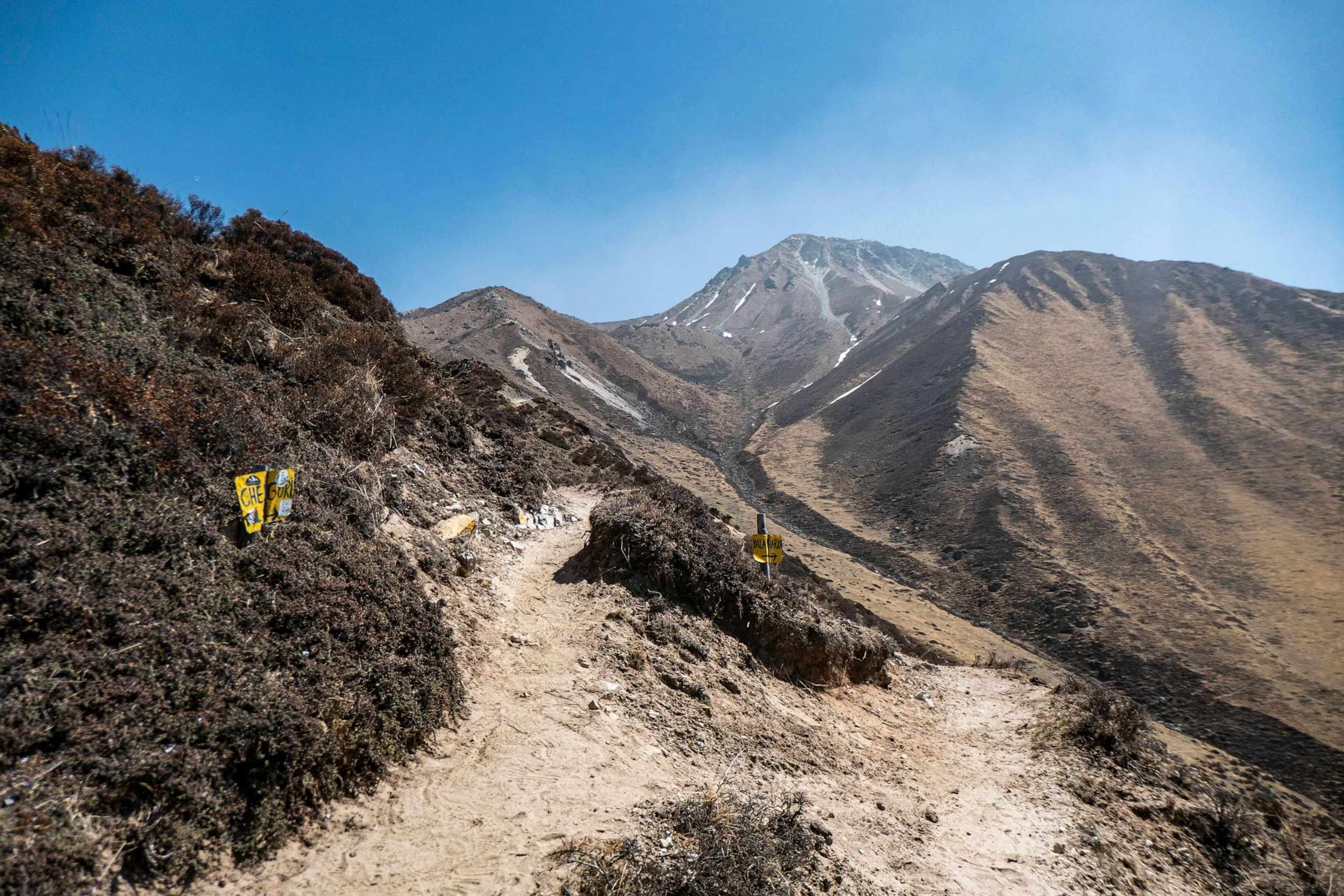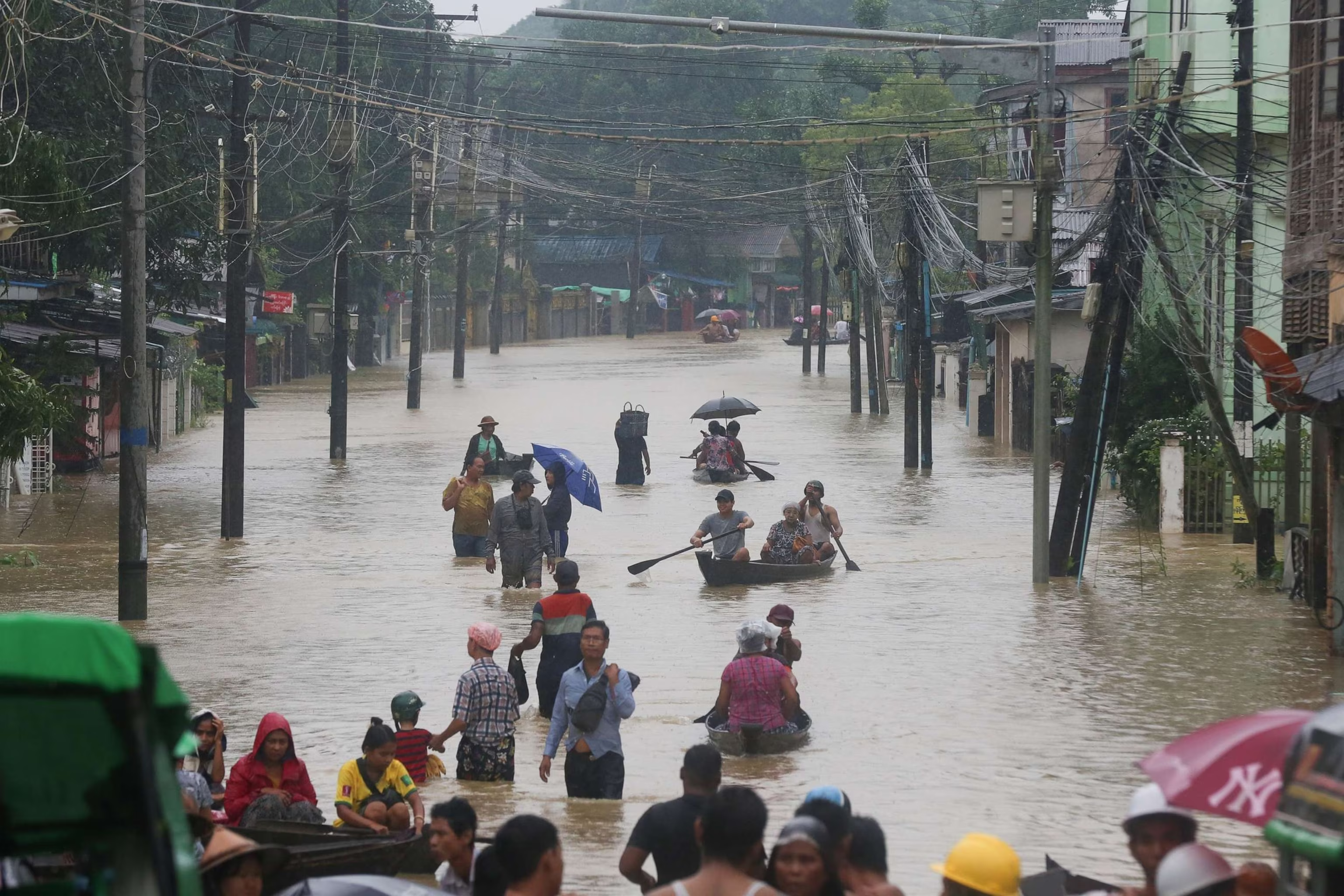Why the world's water system is becoming 'increasingly erratic'
Climate change and human activity are causing the world's hydrological cycle to spin out of balance, according to a new report from the World Meteorological Organization.
Global water cycles are becoming "increasingly erratic" due to droughts, extreme rainfall and the increased melting of snow, ice and glaciers -- all of which are a threat to long-term water security, the 2022 State of Global Water Resources report, released Thursday, found.
MORE: Climate change is making climbing in the Himalayas more challenging, experts say
About 3.6 billion people already face inadequate access to water at least a month per year, according to the United Nations. That number is expected to increase to 5 billion by 2050, officials said.
Extreme glacier loss is occurring from the Tibetan Plateau to mountain ranges in the Himalayas, the Alps and the Andes -- all of which threaten the water security for millions of people who live on the rivers supplied by the melting.
"Glaciers and ice cover are retreating before our eyes," WMO Secretary-General Petteri Tallas said in a statement.

In addition, rising temperatures have accelerated, causing the atmosphere to hold more moisture and facilitate more heavy downpour episodes that lead to flooding, Tallas said, adding that the "overwhelming majority" of disasters are water-related.
MORE: California communities bracing for heavy flooding as record high temperatures melt record amounts of snow
More than 50% of the global catchment areas in large river basins experienced deviations from normal discharge conditions in 2022, according to the report. Most of these areas were drier than normal, but a smaller percentage of basins displayed above or much above normal conditions.

Hotter temperatures are also causing more evaporation and much more intense droughts, Tallas said.
Throughout 2022, anomalies in soil moisture and evaporation also experienced deviations, according to the report. Places like Europe saw increased evaporation and decreased soil moisture and river flows during the summer due to a major heat wave and drought, which led to challenges in agriculture as well as the shutdown of some hydrological power plants due to lack of cooling water, according to the report.
MORE: Antarctic sea ice has reached a record low for the year, researchers say
Severe droughts impacted other parts of Europe in Summer 2022, posing transportation challenges on the Danube and Rhine rivers in Germany, and disrupting nuclear power production in France. In the U.S., the navigation on the Mississippi River was affected by extremely low water levels due to the continuous drought occurring in the region.

The switch from La Nina in 2022 to El Nino conditions in 2023 will likely also have a major impact on water cycles around the world, the researchers said.
The WMO is calling for improved monitoring and data-sharing across borders, as well as an increase in investments to facilitate international collaboration, in order to help society cope with increasing water extremes, whether it be too much or too little. They are also calling for more early warnings, and coordinated water management policy, according to the report.
Disclaimer: The copyright of this article belongs to the original author. Reposting this article is solely for the purpose of information dissemination and does not constitute any investment advice. If there is any infringement, please contact us immediately. We will make corrections or deletions as necessary. Thank you.





